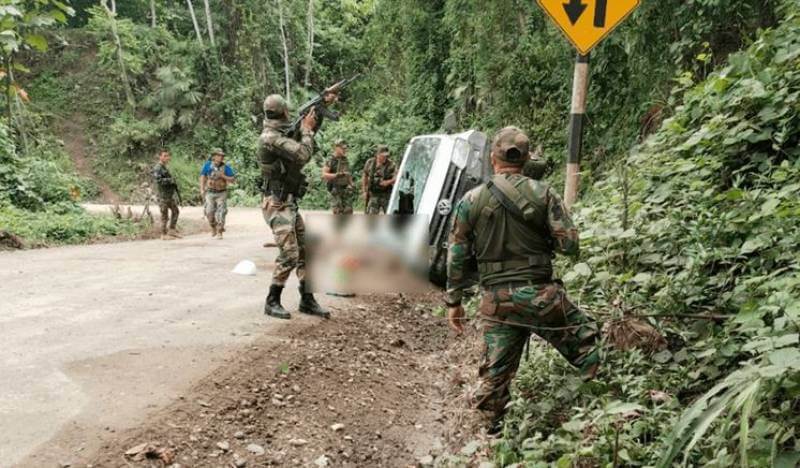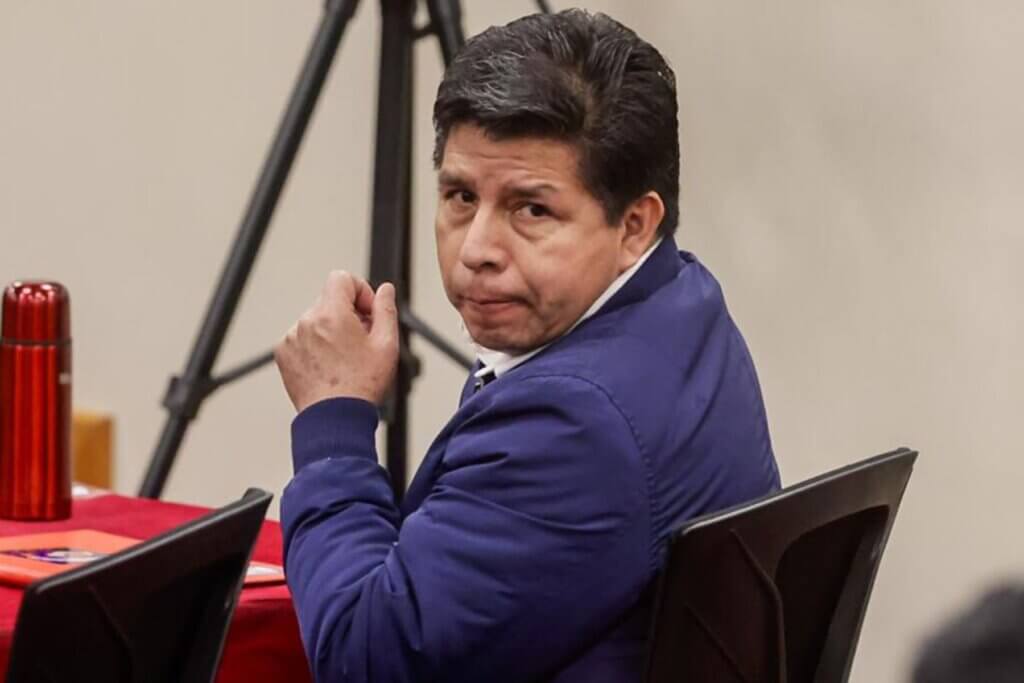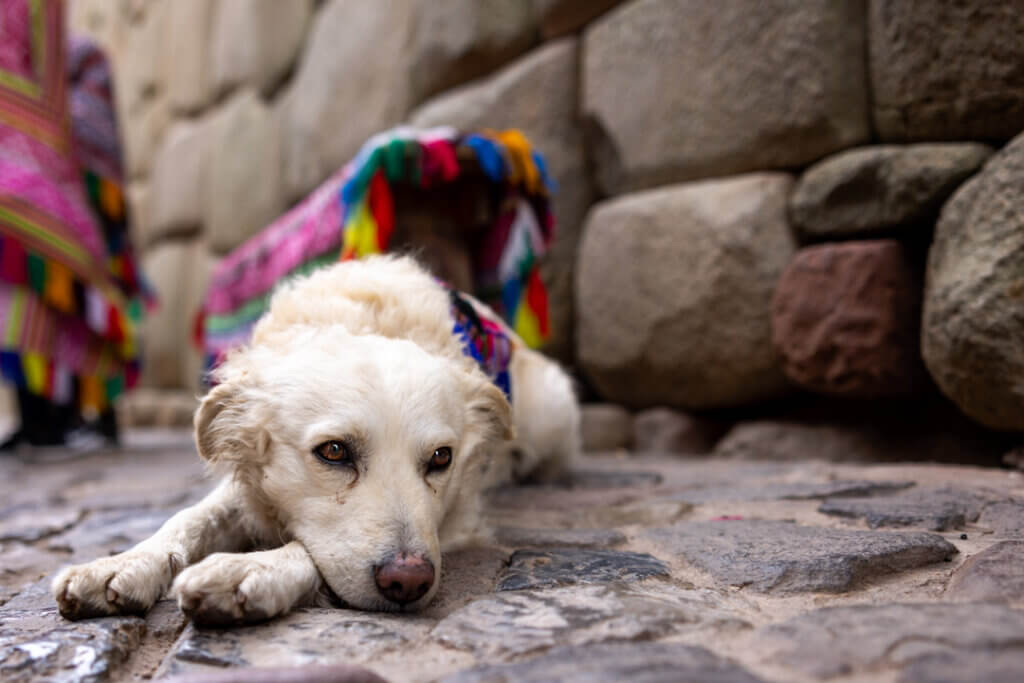Lima, Peru — Alleged remnants of the Shining Path, a Maoist guerrilla group that terrorized Peru in the 1980s and 1990s, reportedly ambushed and killed seven police officers on Saturday in the VRAEM (a Spanish acronym for the Valley of the Apurimac, Ene and Mantaro Rivers), an area of central Peru known for its cocaine production.
“We regret the loss of our police brothers who have been ambushed when they were traveling in a vehicle in the town of Natividad, in the VRAEM. Seven agents died and one police officer survived,” the National Police confirmed on its Twitter account.
The policemen were ambushed and killed with long-range firearms. In addition, the narco terrorists allegedly stole two AKM rifles and two pistols.
The bodies of the officers were found near their vehicle, a white 4×4 truck that was overturned on the side of the road.
General Raúl Alfaro, Commander General of the National Police, reported that Captain Erwin Mego, who was injured, has an entry hole in his back and cuts from splinters, but is stable.
He said that the attackers were hiding “in an area with dense vegetation” and that they would have been hidden there for several hours.

Peru’s Army patrolling the VRAEM. Image courtesy of Peru’s Government.
According to the newspaper El Comercio, the attack was carried out by Grimaldo Quispe Huamaní, who days before had been seen by police informants in Llochegua, a town in the province of Huanta, in the VRAEM.
Quispe Huamaní, who also goes by the alias “Chato Mendoza,” reportedly leads an armed column and is in charge of protecting cocaine production in the VRAEM.
The Shining Path was responsible for the largest number of victims between 1980 and 2000, and has since become a drug trafficking mafia in recent decades. Peru’s Joint Command of the Armed Forces regularly deploys operations to combat the group.
On May 23, 2021, 16 people were murdered in the small town of Vizcatán del Ene at the hands of still-active members of the Shining Path, according to the Peruvian army.
The Shining Path’s history
Shining Path was founded in 1970 by Abimael Guzman, alias “Comrade Gonzalo,”, a philosophy teacher inspired by the writings of Peruvian Marxist, Jose Carlos Mariategui. The name Shining Path came directly from a passage in Mariategui’s writing, “Marxism-Leninism will open the shining path to revolution.”
At its peak, the Shining Path had a presence throughout the country, including in the capital Lima, but primarily operated in the rural highland provinces of Ayacucho, Huancavelica and Apurimac. These regions are home to mostly indigenous populations living in extreme poverty, isolated and disenfranchised from the nation’s power center in Lima.
In 1992, Peruvian police captured Guzman in Lima and a few years later the organization splintered into small factions. Guzman died in custody on September 11, 2021.
While the Shining Path has carried out scattered attacks since 2000, the organization’s threat to the state has diminished.
In 2006, the guerrillas’ ranks were estimated at 300 members. What remained were small bands committed to drug trafficking in the VRAEM.










